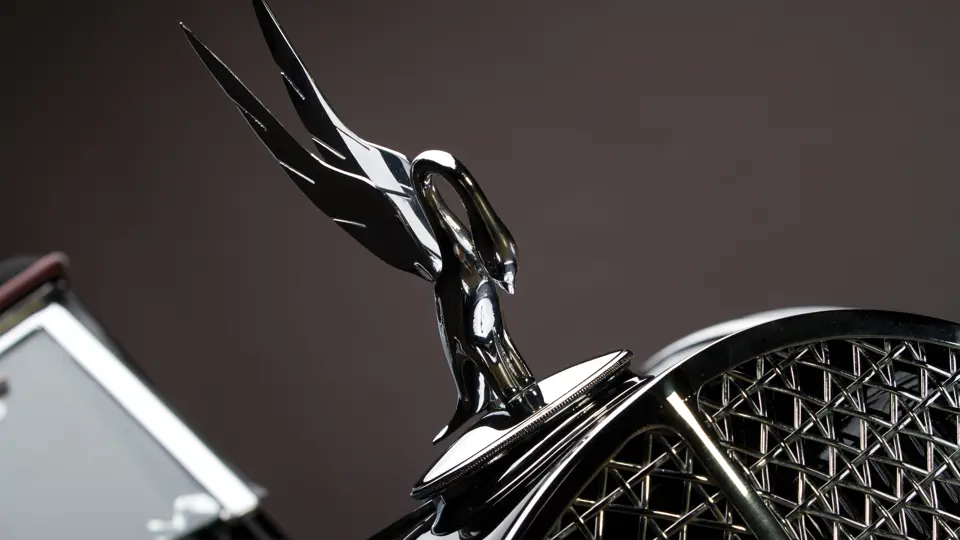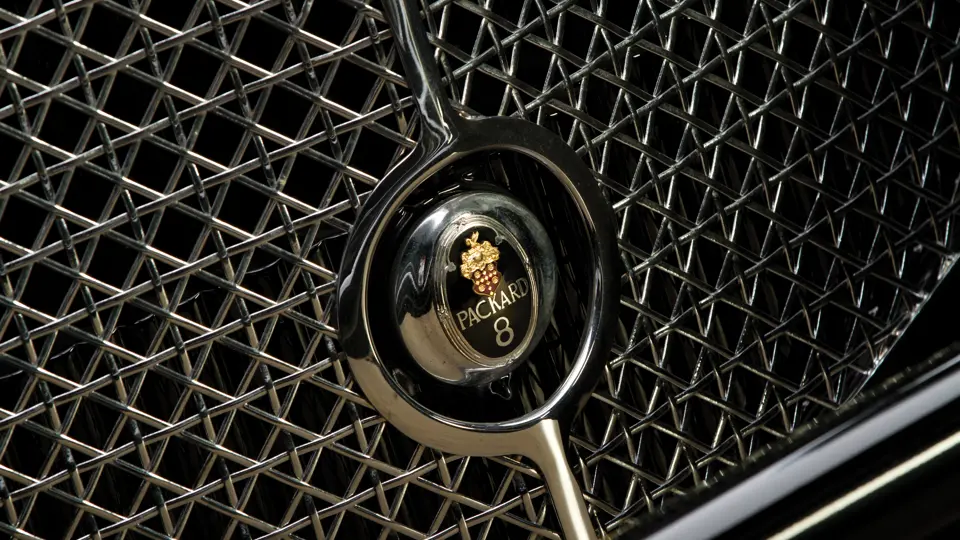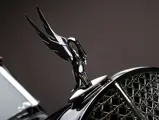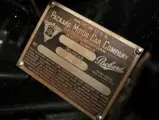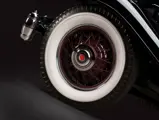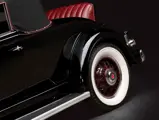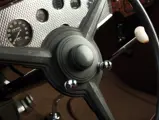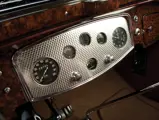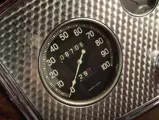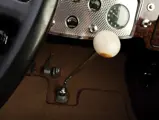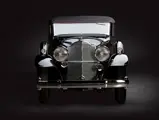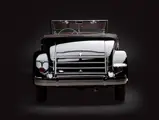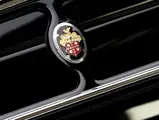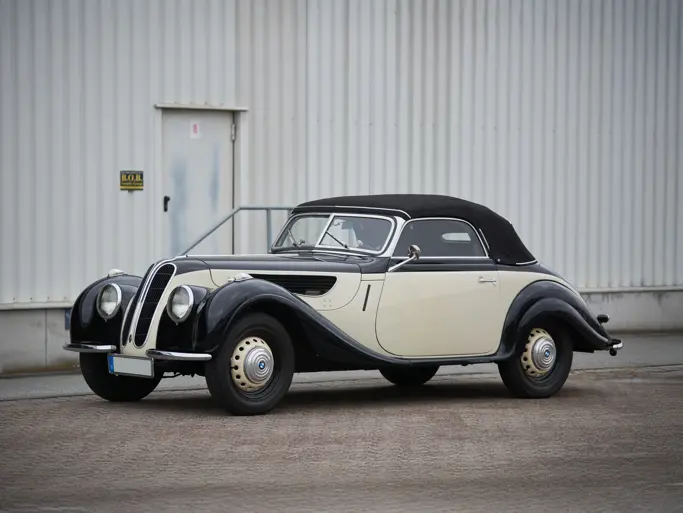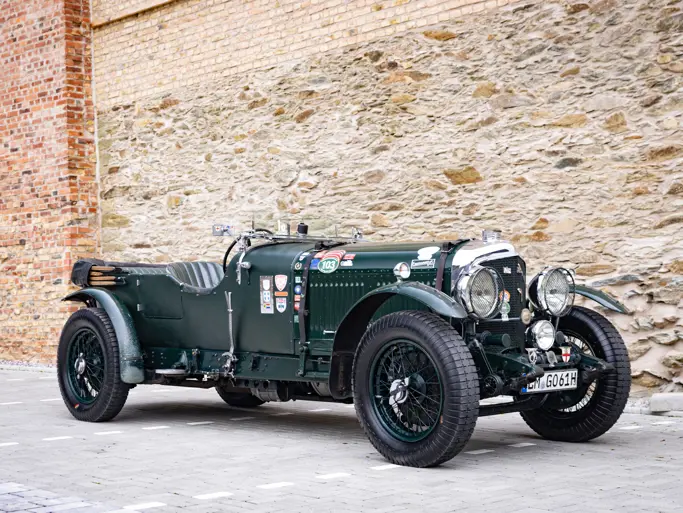Series 902. 110 bhp, 320 cu. in. L-head inline eight-cylinder engine, four-speed manual transmission, solid front axle and live rear axle with semi-elliptic leaf springs, and four-wheel mechanical drum brakes. Wheelbase: 136.5 in.
Packard’s Ninth Series line for 1932 was comprised of a curious mix. At the bottom was a new lower-priced car, the Light Eight Model 900. It was not much smaller than other Packards (just two inches shorter than the Standard Eight), but it was indeed lighter, tipping the scales between 3,930 to 4,115 pounds, compared to the larger car’s 4,317 to 4,735 pounds. More importantly, it sold between $1,750 and $1,795, which was a good $700 less than comparable Standard Eight body styles. At the upper end, the company brought back the Twin Six, as a reprise of the 1916–1922 flagship, but it had a wholly new engine that was designed by Cornelius Van Ranst, whose credits included the Cord L-29. This new Packard was offered with no fewer than 21 body styles and was priced between $3,745 and $7,950.
Between those two extremes lay the “traditional” Packard territory, the Standard Eight, on wheelbases of 129.5 and 136.5 inches and selling for $2,485 to $3,450, and the Deluxe Eight, which used the chassis from the Twin Six and was priced from $3,690 to $4,285. Of these, the more popular was the Standard Eight, which, at 7,659 cars, furnished the great majority of Packard sales.
Deluxe Eight customers had the greatest choice of body styles, as it had no fewer than twenty-seven, of which fourteen were catalogue customs, five were from Dietrich, and the others were built in Packard’s own custom shops. Standard Eight buyers, however, were not starved for choice, as thirteen factory bodies were available. New for the year was body style 509, a snug convertible coupe with roll-up side windows and a rumble seat, which Packard called the Coupe Roadster. Its low-folding convertible top and sleek lines were inspired by a semi-custom design by LeBaron, and it was used on a handful of 1930 chassis.
The 902 Coupe Roadster offered here was reportedly a long-time California car that was delivered on August 27, 1931, and spent half a century in storage, after which it was acquired by the previous owner, highly regarded Packard restorer Marc Ohm. The car was beautifully restored by Mr. Ohm fewer than five years ago, and it presents very well, with its black paint and burgundy leather upholstery. It was equipped with dual side-mount spares with metal covers and has jeweled headlights, a Packard cormorant radiator ornament, and a trunk rack at the rear. Importantly, as a very early Ninth Series Packard, it has the desirable long-legged, four-speed transmission that was discontinued later in the year.
The paint exhibits a deep shine, and the brightwork shows scarcely any flaws. The seats have a few wrinkles but virtually no wear. The dashboard and engine compartment have been meticulously restored and are entirely sanitary and correct. This Packard is a Classic Car Club of America Full Classic, and as such, it is eligible for all club events and CARavan tours.
This Packard was restored by a knowledgeable authority of the marque, and it is utterly superb.




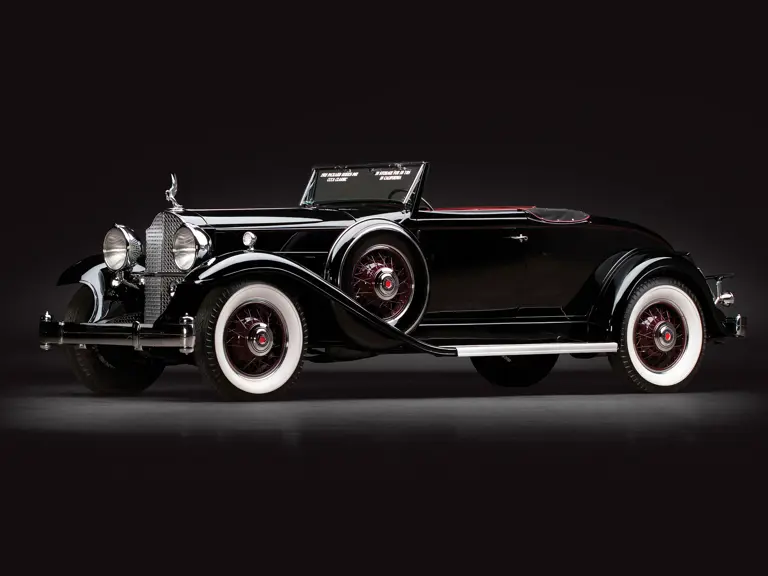


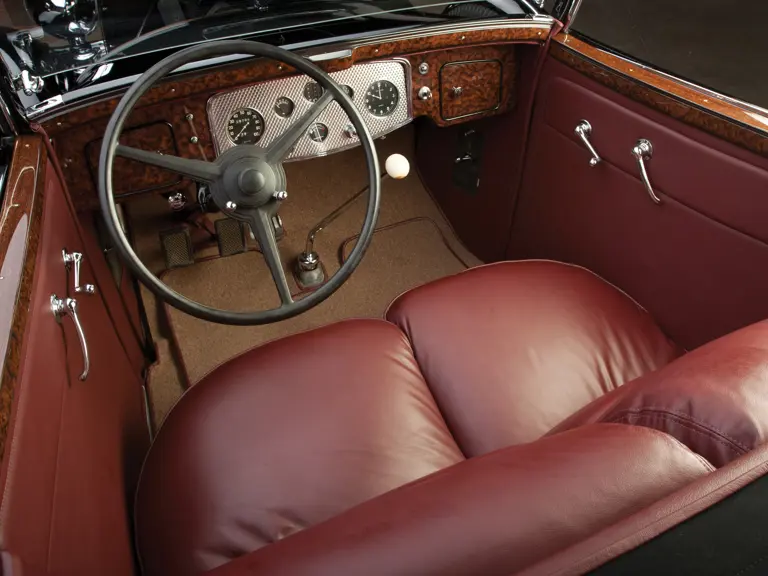

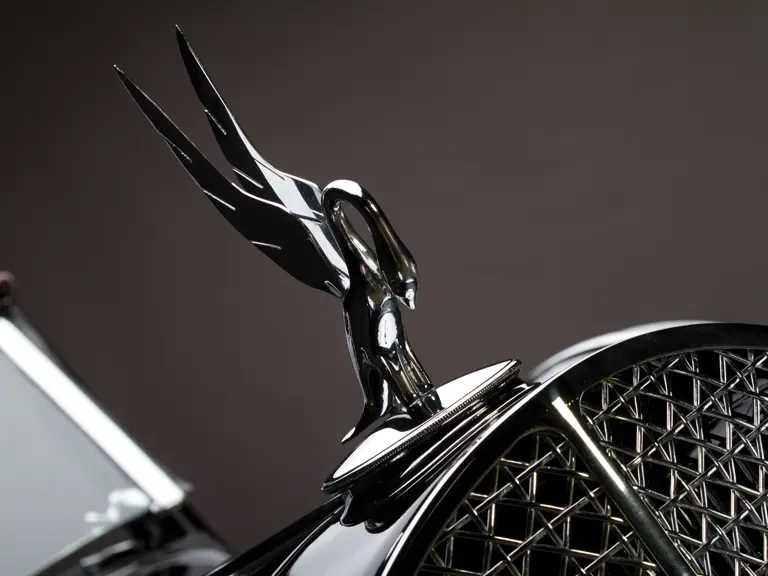




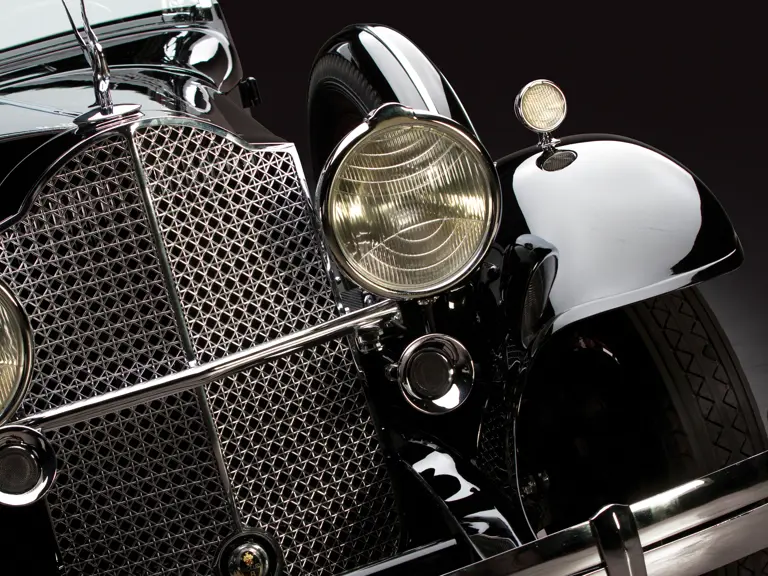
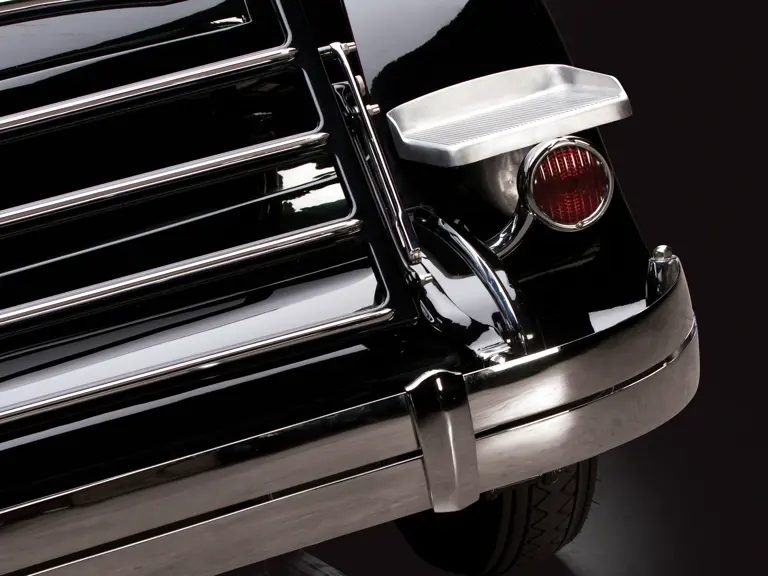
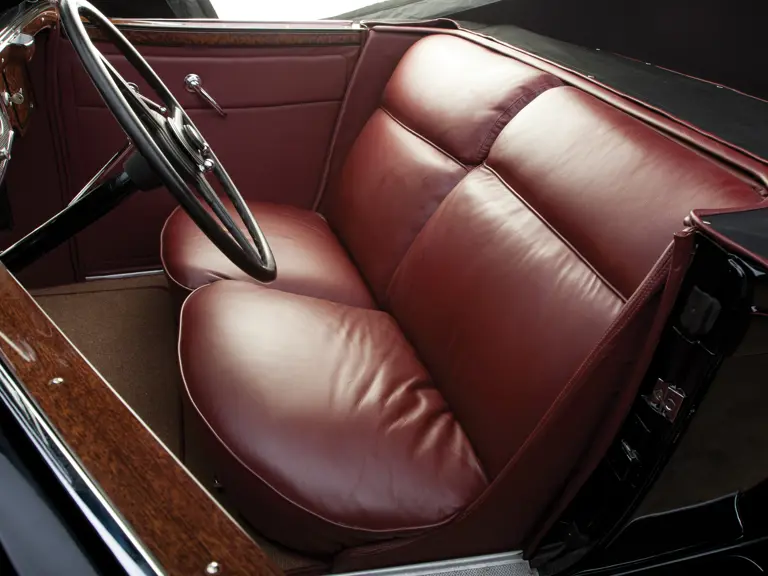
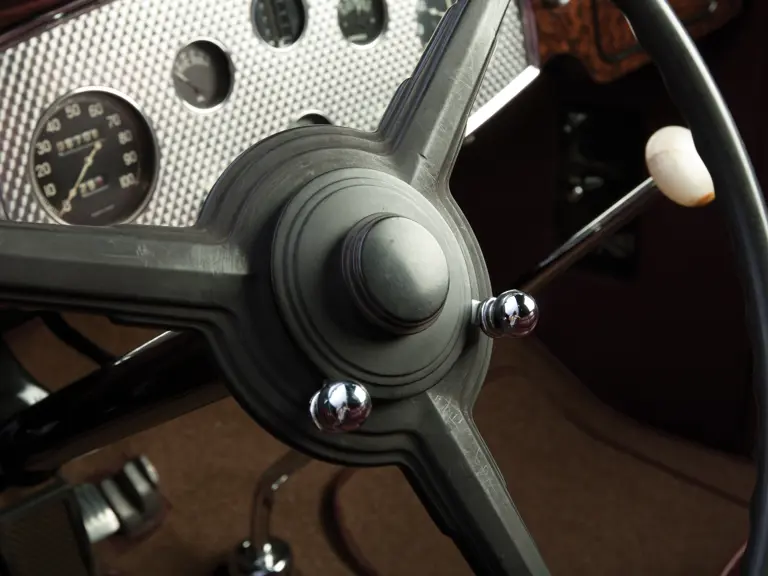

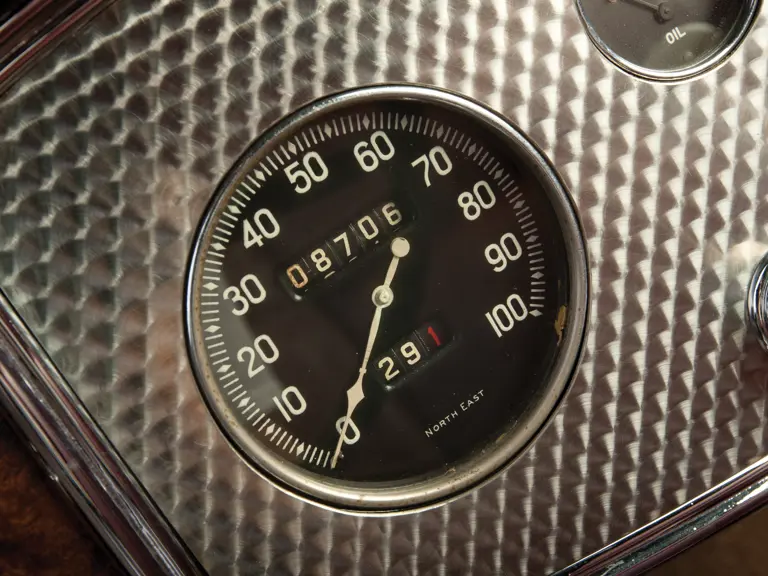
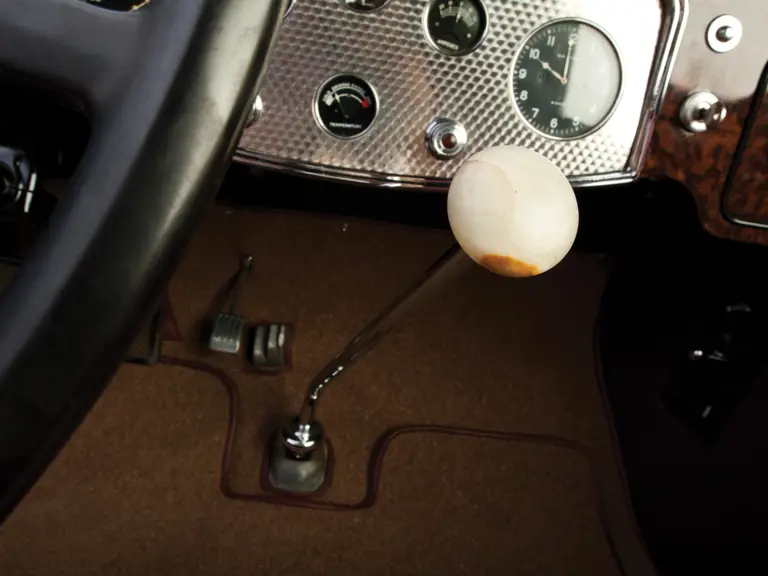
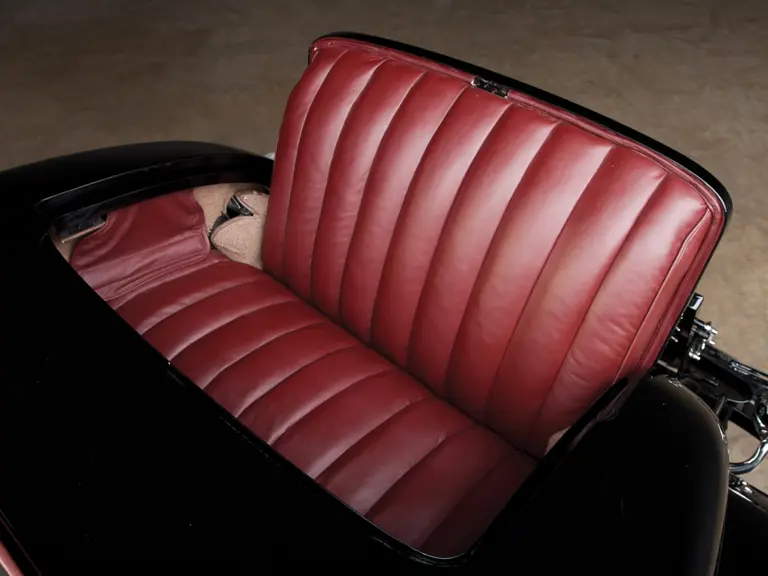
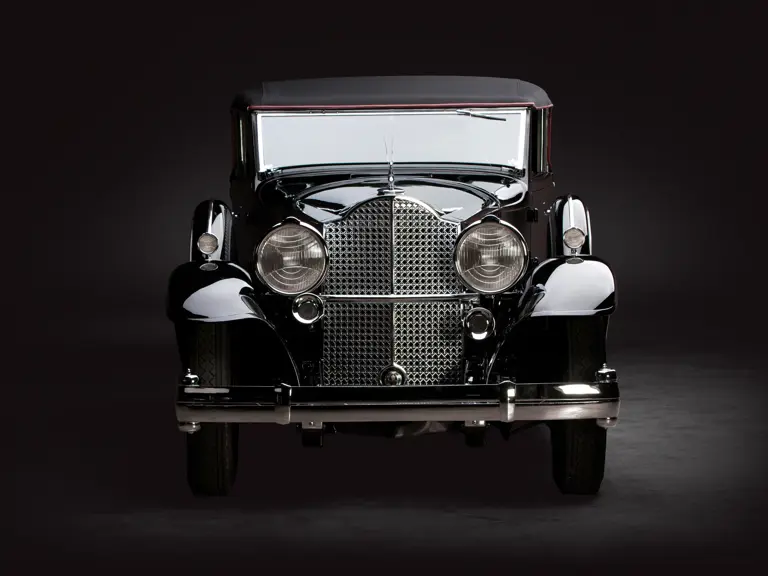
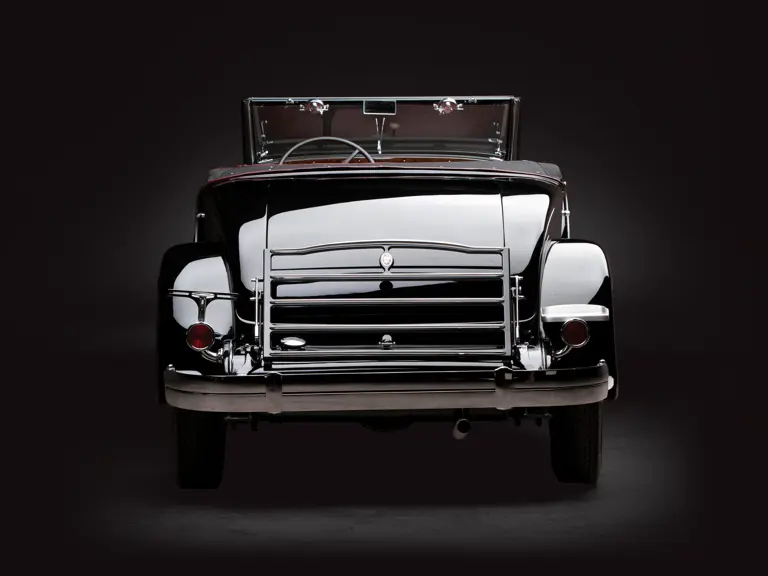
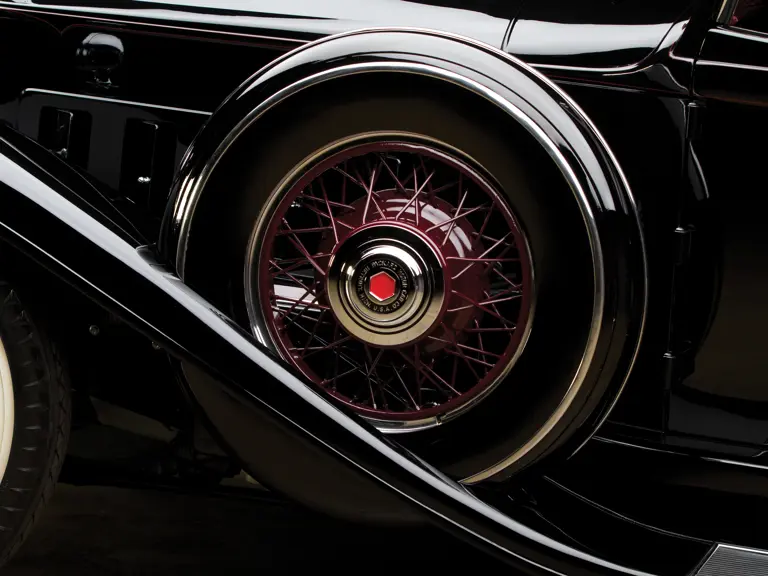


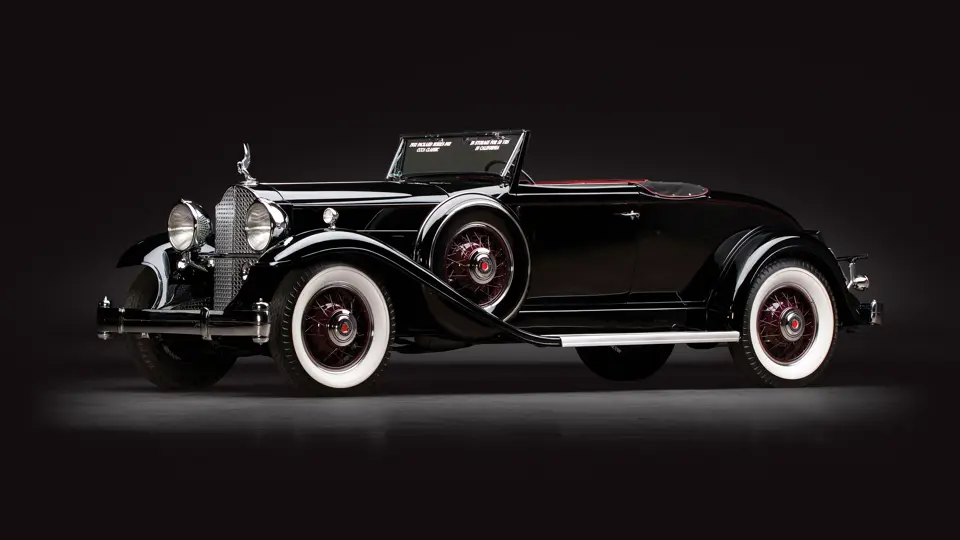
 | Farmer's Branch, Texas
| Farmer's Branch, Texas

